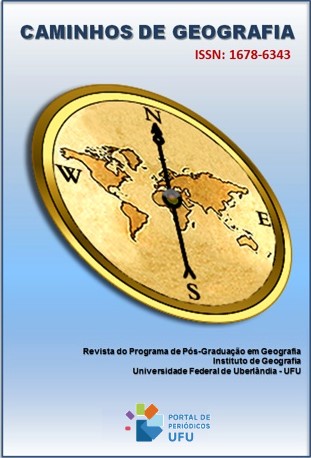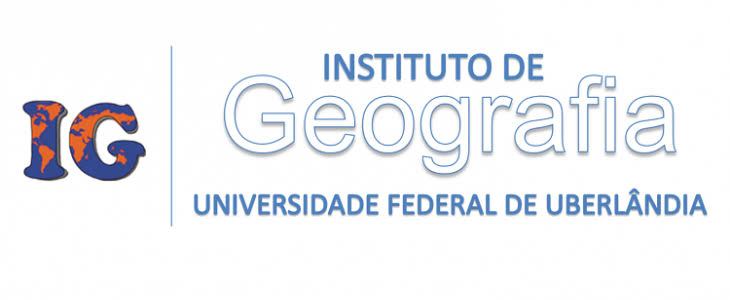HYDROGEOMORPHOLOGICAL PROCESSES IN URBAN EXPANSION AREAS: A STUDY ABOUT SUBDIVISION IMPLEMENTED SINCE 2004 IN CHAPECÓ CITY, SANTA CATARINA STATE, BRAZIL
DOI:
https://doi.org/10.14393/RCG249365400Keywords:
Urbanization, Erosion, Impervious areas, RunoffAbstract
The specialization of knowledge areasand studies focused on the urban have received attention in recent decades, mainly due to the relevance of the urban areas as a place of residence for most of the world's population. The influence of urbanization on the water cycle and the interactions with the relief demonstrate the need to know how urban occupation affects the hydrogeomorphological processes. According to classical literature, urban development can be divided into three distinct stages, each with equally distinct hydrogeomorphological responses. To verify this issue in the city of Chapecó, in the west of the state of Santa Catarina, 12 subdivisions were selected, which were observed in four moments (2006, 2012, 2018 and 2021), with the objective of identifying the hydrogeomorphological processes active in the different stages of occupation presented by Wolman (1967). From the analysis of satellite images and fieldwork, it was found that the three stages described in the literature do not always happen in sequence, as the urban space is built from the annexation of new areas that connect to others with different degrees of development. Another relevant aspect is that different contexts of the same location can manifest to different degrees at the same time, since the consolidation of the subdivision, although rapid in some cases, is not homogeneous.
Downloads
Downloads
Published
How to Cite
Issue
Section
License
Copyright (c) 2023 Cássia Regina Segnor, Andrey Luis Binda

This work is licensed under a Creative Commons Attribution-NonCommercial-NoDerivatives 4.0 International License.
Autores que publicam nesta revista concordam com os seguintes termos: a) Autores mantém os direitos autorais e concedem à revista o direito de primeira publicação, com o trabalho licenciado sob a Creative Commons Atribuição-NãoComercial-SemDerivações 4.0 Internacional. b) Autores têm permissão e são estimulados a publicar e distribuir seu trabalho online (ex.: em repositórios institucionais ou na sua página pessoal), já que isso pode gerar alterações produtivas, bem como aumentar o impacto e a citação do trabalho publicado. c) Em virtude de aparecerem nesta revista de acesso público, os artigos são de uso gratuito, com atribuições próprias, em aplicações educacionais e não-comerciais.











